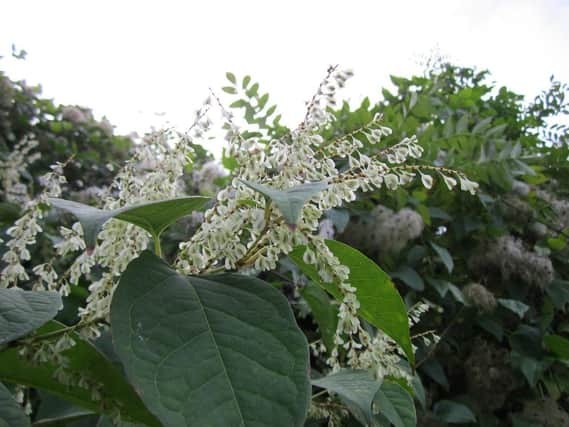Japanese knotweed, an invasive plant that could destroy properties, has been found to be infesting a number of Derbyshire towns, latest figures have revealed.
Due to its rapid growth rate of up to 10cm per day, Japanese knotweed has been known to cause damage to building structures and substructures by targeting and attempting to grow through weak places, such as fractures in masonry. It can also grow up to three metres tall in spring and summer and its roots can reach down to 20 metres underground.
Data revealed by Environet show that a total of 2,628 known infestations have been reported across Derbyshire. This means there is an average of one occurrence of Japanese knotweed in every square kilometre – including 711 infestations in Derby only.
How to stop an infestation from spreading?
The government website advises against treating knotweed yourself unless you have the appropriate skills and experience. There are companies that specialise in treating knotweed and it advised to ask them for help instead.
Spraying or injecting the stems with chemicals can be an effective treatment to stop knotweeds spreading, however it usually takes at least three years to treat Japanese knotweed.
According to the government website, when using chemicals, you may need to: make sure anyone spraying holds a certificate of competence for herbicide use or works under direct supervision of a certificate holder and carry out a Control of Substances Hazardous to Health assessment.
They say you also need to get permission from Natural England if the area is protected, for example sites of special scientific interest and get permission from the Environment Agency if the plants are near water.
Derbyshire areas with Japanese knotweed infestations
Below there is a full list of areas in Derbyshire affected by the most Japanese knotweed infestations.
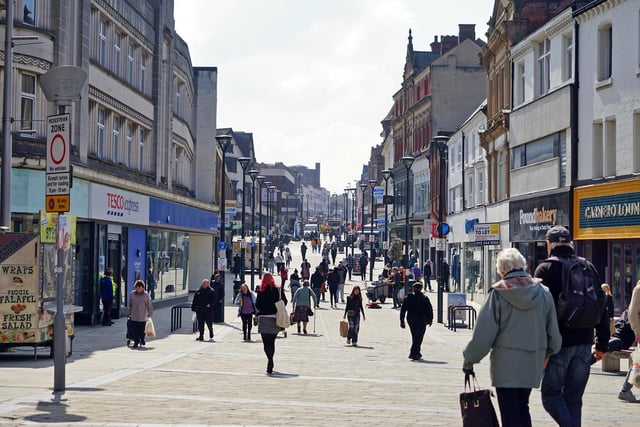
1. Derby
Derby is at the top of the list with 711 Japanese Knotweed infestations reported. Photo: Brian Eyre
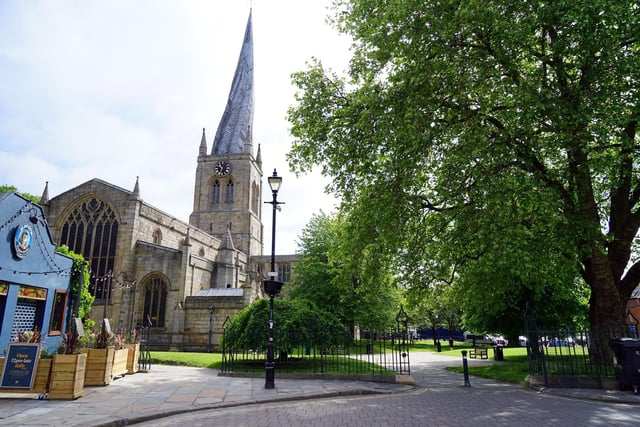
2. Chesterfield
Many Chesterfield home owners have to put up with Japanese knotweed this year as there are 563 infestations across the town. Photo: Brian Eyre
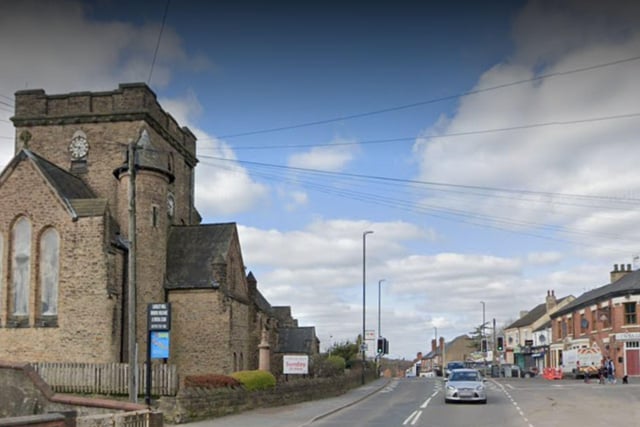
3. Langley Mill
Langley Mill currently has 193 Japanese infestations reported Photo: Google
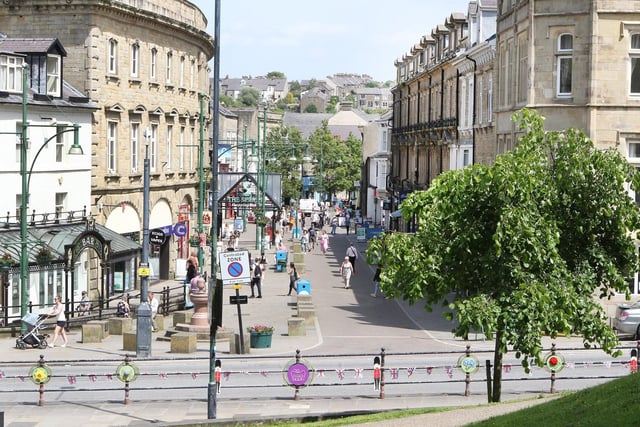
4. Buxton Town centre
Japanese knotweed is also unfortunately thriving in Peak District - with 161 infestations in Buxton, High Peak. Photo: jason chadwick
